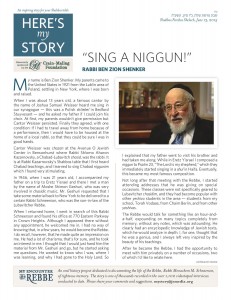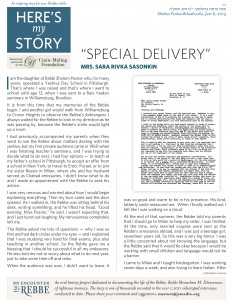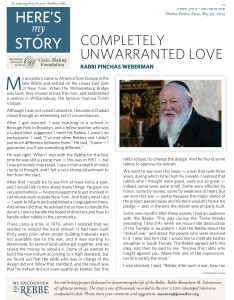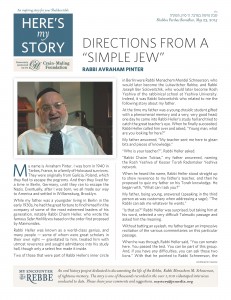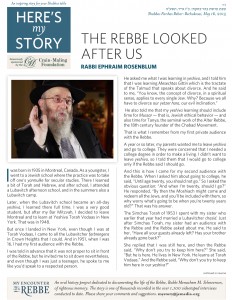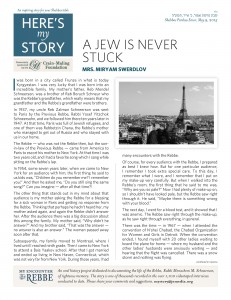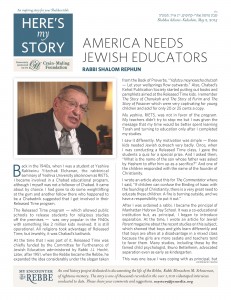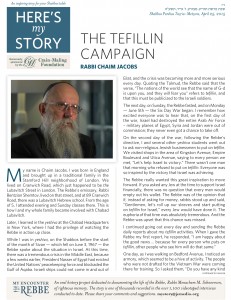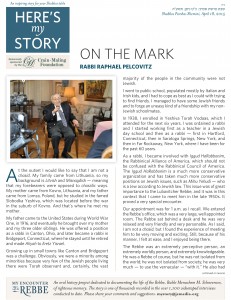A Needle In A Haystack
I was raised in a traditional Zionist Jewish home in Sydney, Australia. While on a visit in Israel, I became attracted to Chabad-Lubavitch and, upon return to Australia, I enrolled in a Chabad yeshiva, which eventually led me to learning in New York. That is when I found out I had Chabad ancestors – including the Tzemach Tzedek, the third Rebbe of Chabad – and I
became a loyal follower of the Chabad Rebbe.
While I was in New York, I was approached by a prestigious rabbi from another chasidic group, who told me about a family that was searching for their long-lost daughter. She had been born and raised in Boro Park, and she had married there; unfortunately, the marriage ended badly, but her husband – for whatever reason – refused to agree to a divorce.
After this went on for a period of time, she “snapped” (to use a slang term), and she suddenly disappeared. Her family had learned that she had gone to Australia, but they had no idea where. Since I was from Australia, the rabbi w
approached me thought that maybe I could help them bring their daughter back to her people.ho
I said, “Australia is geographically the size of the United States. Looking for someone there without an address is like trying to find a needle in a haystack.”
He said, “I don’t know what to tell you, but maybe the Rebbe would know what to do.”
Before returning to Australia I had an audience with the Rebbe, so I told him this whole story. He asked, “When are you going back?”
I said, “I’m going back Wednesday.”
He said, “Sometime after you get back, maybe the week after, you should take a trip to Brisbane.”
He didn’t explain why I should do this, but, of course, I would follow the Rebbe’s instructions without question. So, when I returned to Australia, I got on a plane to Brisbane. (more…)



